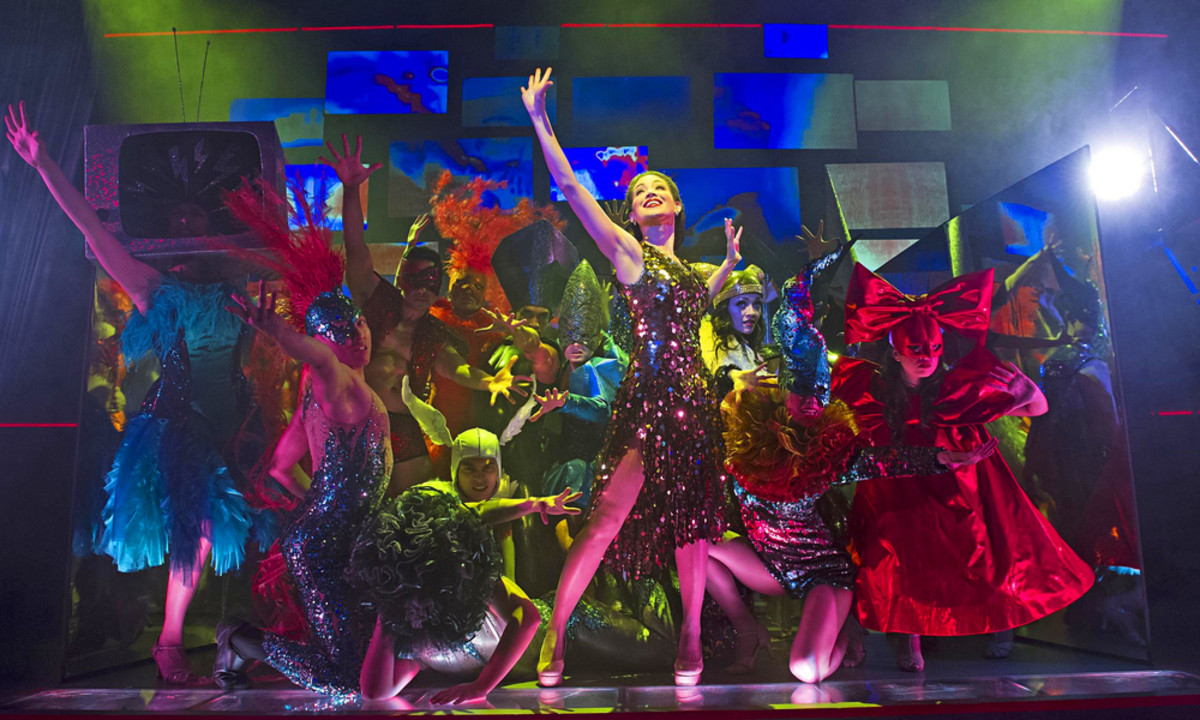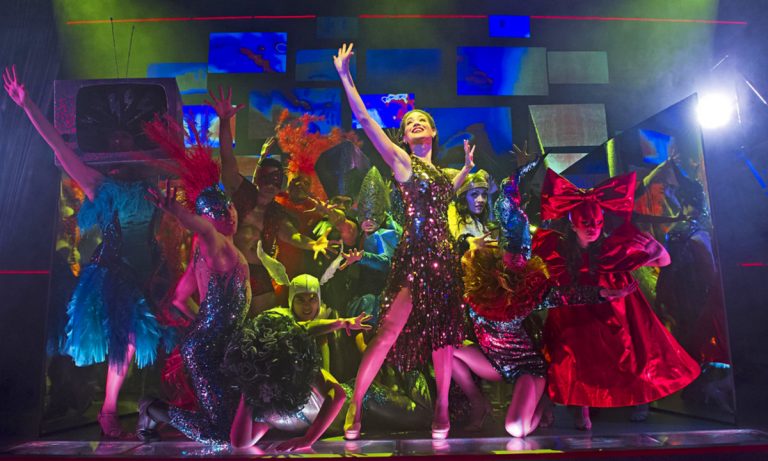When the lights dim and the curtains rise, the transformation begins. Actors slip into character, embodying the essence of their roles with every gesture and line. But what role do costumes play in this metamorphosis? How do the fabrics and designs we don on stage influence our performances? In this article, we delve into the world of dressing up on stage, exploring the intricate relationship between costumes and the art of theater. Join us on a journey through the wardrobe, where every stitch and accessory holds the power to bring a character to life.

The Impact of Costumes on Stage Presence
When it comes to live performances, costumes play a crucial role in enhancing the overall stage presence of the performers. The right outfit can not only help to bring a character to life but also add depth and dimension to a performance. Whether it’s a vibrant, elaborate costume for a musical or a simple, understated outfit for a dramatic play, the clothing worn by actors on stage can significantly impact the audience’s perception and engagement.
One key way in which costumes affect performances is by helping actors embody their characters more fully. By wearing clothing that aligns with the role they are playing, actors can get into character more easily and authentically. This allows them to fully immerse themselves in their performance and deliver a more convincing portrayal to the audience. Additionally, costumes can help to establish the time period and setting of a production, further enhancing the overall storytelling experience for viewers.
Furthermore, costumes can also influence the physicality and movement of performers on stage. Certain outfits may restrict or enable actors to move in particular ways, shaping their gestures and expressions. A flowing gown, for example, can add grace and elegance to a dance performance, while a structured suit can convey power and authority in a dramatic scene. The color, texture, and design of costumes can also evoke specific emotions and moods, further enhancing the impact of a performance on the audience.
Enhancing Character Development through Costume Design
Costume design is a crucial element in enhancing character development on stage. The clothing worn by actors not only adds visual appeal to a performance but also serves as a tool for conveying important aspects of a character’s personality, background, and social status. By carefully selecting and designing costumes, directors and costume designers can help actors inhabit their characters more fully and bring them to life on stage.
Through the use of color, fabric, style, and accessories, costumes can help define a character’s identity and reinforce key traits. For example, a character dressed in bold, flamboyant clothing may be portrayed as confident and extroverted, while a character in muted tones and conservative styles may come across as more reserved and introspective. Additionally, costumes can also reflect historical or cultural contexts, helping to ground a character in a specific time period or setting.
Furthermore, costumes can also influence the way actors move and carry themselves on stage. An elaborate gown or cumbersome coat may restrict movement, affecting a character’s physicality and posture. On the other hand, a flowing dress or sleek suit could enhance the grace and elegance of a character’s movements, adding depth to their performance. In this way, costumes play a crucial role in shaping not only how a character looks but also how they are perceived and portrayed in a theatrical production.
Striking the Balance Between Costume Aesthetics and Functionality
When it comes to dressing up for a performance, striking the perfect balance between costume aesthetics and functionality is crucial. A well-designed costume not only enhances the visual appeal of a performance but also serves a practical purpose in ensuring that performers can move comfortably on stage.
One approach to achieving this balance is by focusing on the materials used in constructing the costumes. Breathable fabrics like cotton and linen not only look visually appealing but also allow for ease of movement during dance routines or high-energy performances. Additionally, incorporating stretchy fabrics like spandex or Lycra can provide performers with the flexibility they need to execute intricate choreography.
Another consideration is the design of the costume itself. While elaborate costumes can certainly make a statement on stage, they must also be functional. Avoiding restrictive elements like overly tight corsets or cumbersome accessories can ensure that performers can move freely and confidently. By prioritizing comfort and mobility without sacrificing visual impact, costumes can truly enhance the overall performance experience.
Choosing the Right Fabrics and Accessories for a Memorable Performance
When it comes to putting on a memorable performance, the right fabrics and accessories can truly make a difference. Choosing the perfect costume can enhance the overall impact of a performance and help bring a character to life on stage. Whether you’re a dancer, actor, or musician, your costume can play a crucial role in how your performance is perceived by the audience. Here are some tips for choosing the right fabrics and accessories to make your performance truly unforgettable:
Fabrics:
- Consider the type of movement required in your performance and choose fabrics that allow for ease of movement.
- Think about the character you are portraying and select fabrics that fit the character’s personality and style.
- Pay attention to how different fabrics drape and move on stage, as this can impact the overall visual effect of your performance.
Accessories:
- Accessories can add depth and dimension to your costume, so choose them wisely to enhance your overall look.
- Consider the time period and setting of your performance when selecting accessories to ensure they are appropriate for the context.
- Don’t forget about practical considerations, such as the weight and comfort of your accessories, as these can affect your performance.
In conclusion, the power of costumes in enhancing stage performances cannot be understated. From helping actors embody their characters to transforming the overall mood of a production, the importance of dressing up on stage should not be overlooked. Whether it’s a comedy, drama, musical, or any other genre, the right costume can truly make a performance come to life in a way that words alone cannot. So next time you find yourself in the audience, take a moment to appreciate the thought and creativity that goes into the costumes on stage, and how they play a vital role in bringing the story to life. Dressing up on stage is not just about clothes, it’s about the magic of transformation and storytelling that captivates audiences time and time again.


